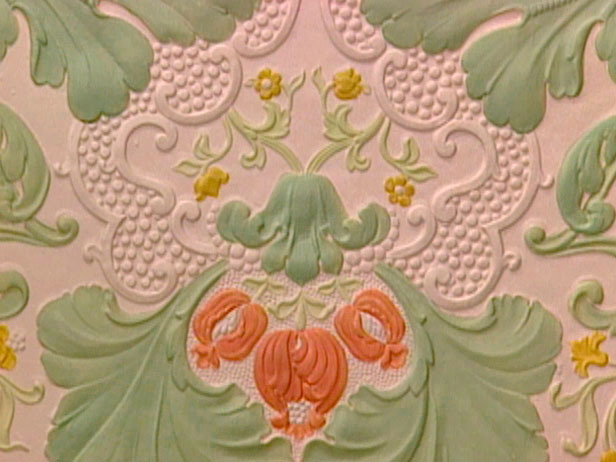How to Hand Paint Embossed Wallpaper

Almost everyone tends to use wallpapers in their homes, when traditional paint fails to do the job for them. This is because wallpapers can give your room and extra something and create an atmosphere and environment that normal wall paint just can’t seem to do.
However, with wallpapers becoming more and more popular, people have started to invest in embossed or textured wallpaper, to give the room a more textured feel to it. The walls seem to pop out and the room feels a whole lot more alive. Now taking this one step further, and to differentiate themselves from others, some people tend to try and hand paint the embossments on their wallpapers, in order to create a feel and a wallpaper that just about no one has.
Instructions
-
1
Check wallpaper
The first thing you want to do before you start to paint the walls is to make sure that the wallpaper has been attached to the wall correctly. You want to make sure there are no loose ends and that no nails or other such items are sticking out of the walls. -
2
Cover gaps
The next step is to check for gaps in the wallpaper. When placing the wallpaper on the walls, you are bound to end up creating some gaps, so you need go ahead and caulk all the edges, to make sure that this isn’t a problem later on. -
3
Prepare
The next step is to gather your supplies and prepare the room. Painting the wallpaper may prove to be a messy job, so it is best to get rid of all close by furniture and to make sure that you are covering the floors with old news papers or sheets of plastic. This will prevent any future paint related accidents that could potentially take place. -
4
Prime
The next step is to go ahead and start to prime the walls. Try using a fast drying primer, so that you don’t have to sit around and literally watch the primer dry before you can paint over it.
Once you have primed the wallpaper, check to see if there are any areas left that you can cover up, or that require more caulking. -
5
Paint
Now you can go ahead and apply your paint to the wallpaper. Try and maintain a single approach to your stroke and make sure you make maximum contact with your brush.
Apply as many layers as you feel are important, but once the paint has dried go ahead and apply one final layer to really get the wallpaper to stand out.







